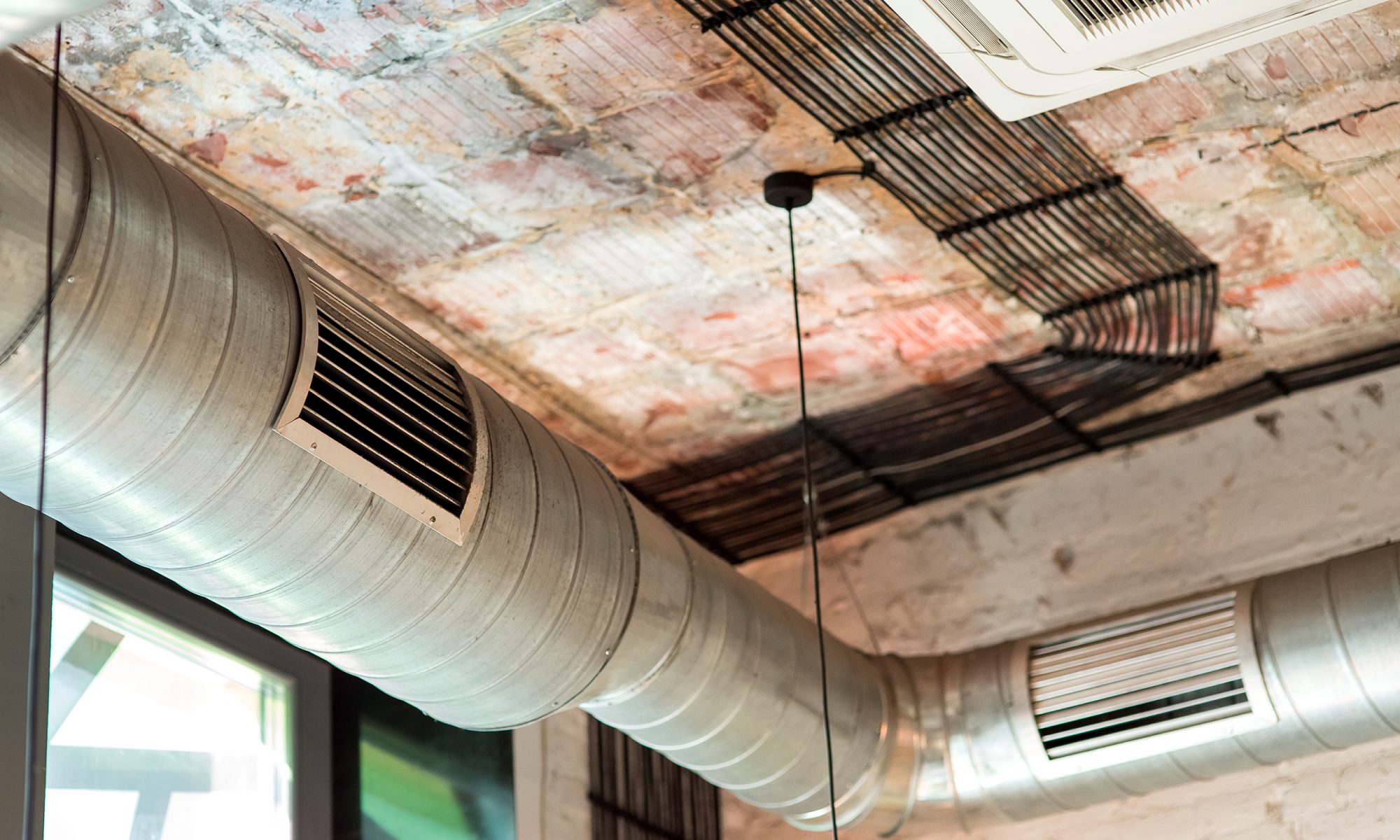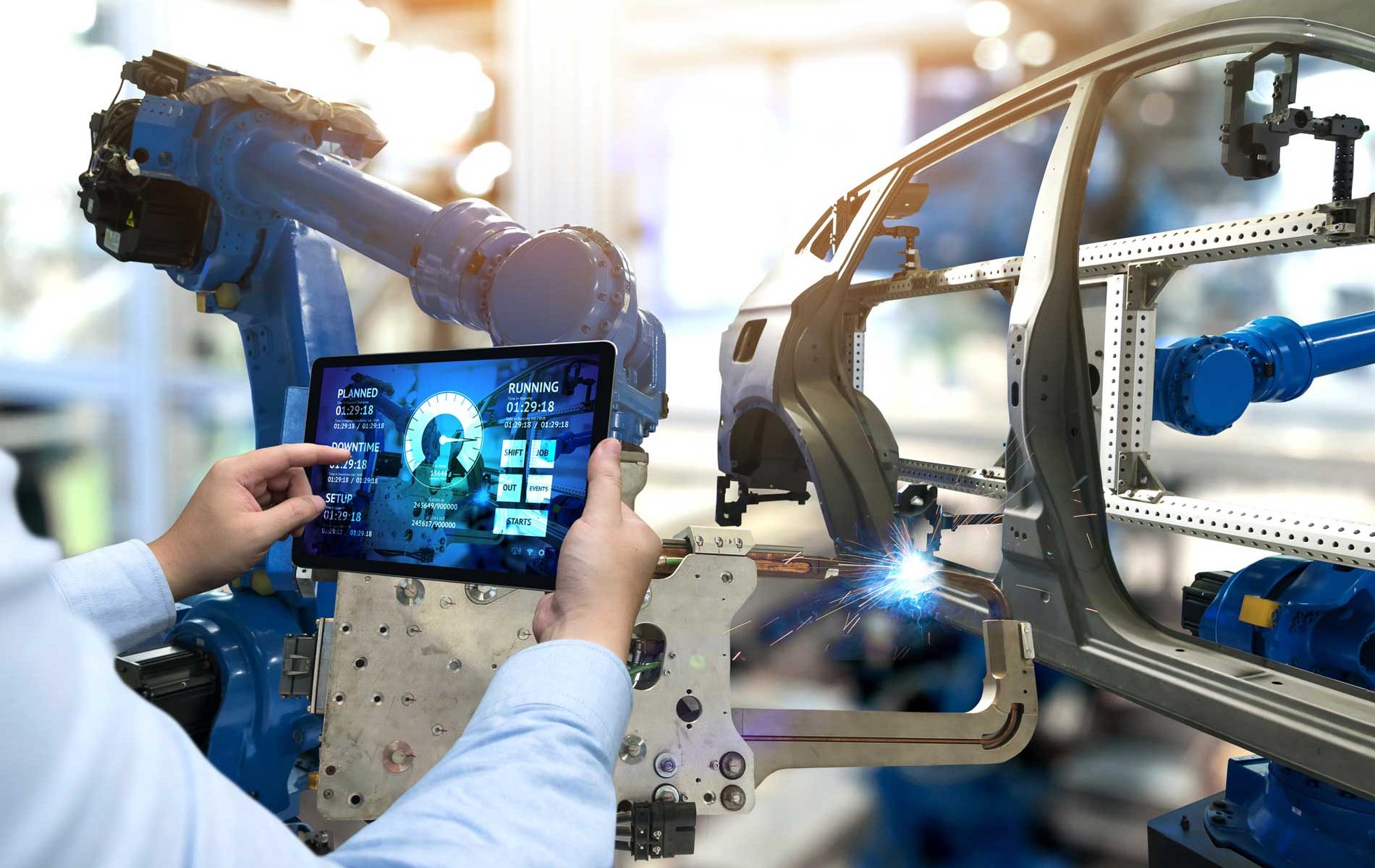1. LPWAN Helps Break Down Industrial Data Silos
Legacy industrial systems often run on disparate, proprietary communication networks that don’t enable data exchange. In addition, many industrial campuses are located in remote areas with extremely difficult terrains and topography, alongside heavy physical obstructions. This makes traditional wired and wireless solutions like cellular or short-range technologies too complex, expensive and unreliable to implement; leaving industrial companies with huge amounts of isolated and inaccessible data acquisition points.
Predicted to support 3 billion IoT connections by 2025, Low-Power Wide Area Networks (LPWANs) are a new wireless phenomenon promising to combat these brownfield challenges. With its long range, deep penetration, and ultra-low power consumption, LPWAN brings reliable connectivity to previously infeasible industrial locations. As a cost-effective, easy to deploy and manage solution, these networks can be retrofitted in large-scale brownfield facilities to IoT-enable legacy asset and systems.
“Wireless connectivity that was previously too expensive to implement or not technically feasible to be deployed is now possible,” emphasizes Michel Hepp, BehrTech’s VP of Global Sales. “We now have viable communications solutions that can connect these previous ‘islands of data’ to the enterprise.”
There are numerous technologies that currently fall under the LPWAN umbrella. To seamlessly support ever-growing data traffic in 2019, a robust and scalable solution with strong interference immunity will be the focus.
2. Interoperability Gives Rise to Turnkey IoT Solutions
Interoperability of Industrial IoT devices will be critical for the progress of IIoT ecosystems. McKinsey & Company predicted that IoT interoperability is required to create 40 percent of the potential value of the Internet of Things.
IoT interoperability is the ability for systems or elements of systems to interact and harmoniously function with each other, regardless of their manufacturer or technical specifications. For example, a communication protocol should be compatible with any commercial, off-the-shelf hardware like transceivers and gateways. It should also be able to interface and exchange data with cross-vendor cloud platforms for data storage and analytics.
IoT is inherently an ecosystem game where no single technology alone can provide a complete solution. Interoperability, fueled by open, industry-standard technologies, will enable a new wave of turnkey solutions delivered by IoT vendors and system integrators. By bringing different components of the IoT value chain together, these out-of-the-box offerings help customers streamline complexity and accelerate ROIs.
As BehrTech’s Chief Product Officer, Wolfgang Thieme highlights, “since IoT involves so many technologies from the sensor through the network to the cloud, there is a critical need for end-to-end solutions. It is difficult for end customers to adopt and integrate everything themselves. Therefore, a strong partner ecosystem is key for successful IoT connectivity and solutions.”
3. End-to-End Communications Security Becomes A Norm
Reducing security vulnerabilities will remain a primary focus. With the rising number of IoT devices, hackers and cybercriminals are continuously finding new ways to compromise IoT devices and networks.
In the 2019 fight against cybercrime, multi-layered, end-to-end security throughout the IoT data chain – from end nodes to the gateway to the Internet and finally end users’ application platforms – will be imperative. Advanced Encryption Standard (AES) can be paired with Transport Layer Security (TLS) protocol to enable such a versatile end-to-end security. AES is an open encryption standard widely employed for data link layer encryption in low-power IoT networks, while TLS is an application-layer cryptographic protocol for secure web communications. Adoption of these industry-standard, well-proven solutions is crucial to protect the integrity and confidentiality of IoT data against imminent cyber-threats.
What’s more, securing IoT devices will become more complex due to the diversity of control platforms. To overcome such complexity, Microsoft released a list of security best-practices for IoT devices:
Hardware-Based Root of Trust: To make IoT devices hardware-secure against attackers a single-purpose hardware should be used as well as built-in features to detect a hardware attack.
Small Trusted Computing Base: By only using a small trusting computing base and minimizing the hardware and software, failures will be reduced.
Defense in Depth: When using multiple security layers, the device will still be secure even when an attacker manages to remove one layer because other measures can still prevent intrusion.
Compartmentalization: By separating hardware and software an attacker doesn’t automatically gain access to all other parts of the device when he has hacked one of them.
Certificate-Based Authentication: Certificate-based authentication is recommended since it can’t be forged like a password-base authentication.
Renewable Security: Renewing the security with regular updates will help to approach new threats and vulnerabilities.
Failure Reporting: With built-in and automated failure reporting, attempted attacks can be analyzed and used to improve security.
4. Edge Computing Goes Mainstream
According to TechRepublic, by 2020, data traffic generated by smart sensors and other IoT devices will reach 507.5 zettabyte. Managing and analyzing this huge amount of data will be a significant challenge for organizations as cloud computing remains under pressure to meet the data computing and intelligent service demands of IoT devices and applications.
That is why edge computing is gaining more popularity. Instead of data management and analysis being performed at big cloud and enterprise data centres, it is generated, collected and analyzed close to the data source i.e. IoT sensors and devices. This reduces the latency between devices and the data processing layer to allow data to be delivered in real-time. Edge computing also enhances compliance and security as data is stored locally, giving hackers fewer opportunities to access all data at once.
As IoT deployments expand in 2019, more companies will look to build infrastructures that can handle this massive amount of critical data. Edge computing provides the reliability and security needed to make intelligent decisions in real-time.
5. Digital Twin Advances Operational Excellence
Another innovation expected to revolutionize Industrial IoT are Digital Twins.
A Digital Twin is a near real-time virtual representation of a physical object or process built to optimize business performance. By creating a complete digital footprint of critical assets, the digital twin enables industries to detect physical issues more quickly, predict outcomes more accurately, and design and build better products, systems, and processes.
For example, manufacturers can use digital twins to create a virtual representation of a field asset. Then as data is captured from smart sensors embedded in the asset it provides visibility into real-world performance and operating conditions. Manufacturers can also simulate that real-world environment for predictive maintenance.
McKinsey predicts linking the physical and digital worlds could generate 11.1 trillion a year in economic value by 2025, while Gartner predicts that roughly half of all large industrial companies will be using digital twins by 2021. As more industries focus on reducing operating costs and extending the life of equipment, we will certainly see a spike in Digital Twin applications and uses cases in 2019.
Today, digital transformation is no more a choice, but a must for industrial companies to secure their competitive edge. Beyond the hype, IIoT is getting closer to reality with increasing maturity and adoption of sensor, networking and analytics technologies. Embracing upcoming IIoT trends as part of your next digital strategy is key to driving continuous innovation process and stay on top of the competition in 2019.






